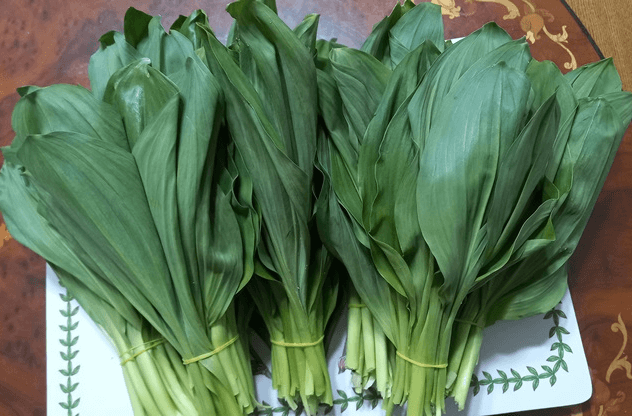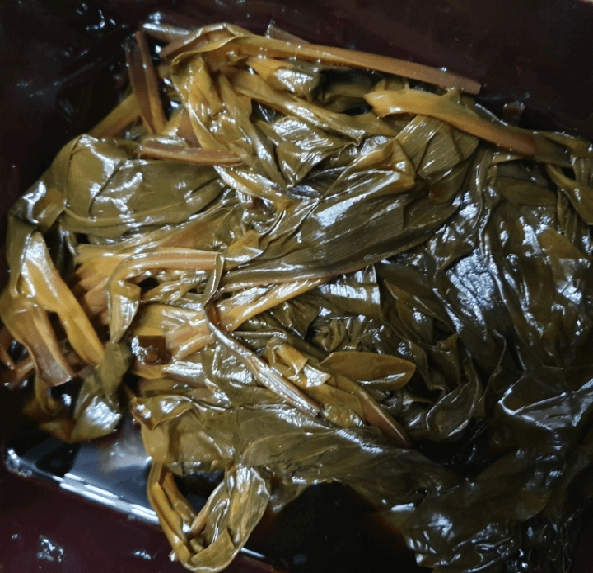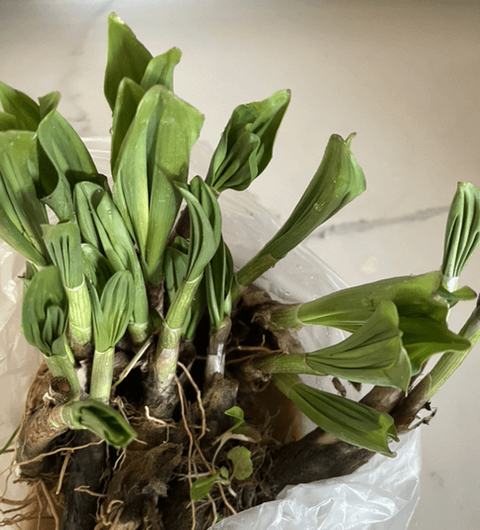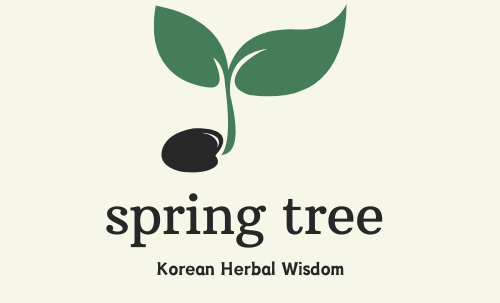“Discover the health benefits of wild garlic (Sanmaneul)! Packed with vitamins, allicin, and fiber, learn how to enjoy this versatile herb in salads, pickles, or soups, boosting immunity and digestive health naturally.”
Does this align with what you were aiming for? It should help attract interest while highlighting the key aspects of wild garlic.

Health Benefits and Nutritional Effects of Wild Garlic
Sanmaneul (Allium victorialis ssp. platyphyllum), also known as “sanmaneul” or “myeonginamul,” grows in the deep forests of Ulleungdo and southern and central regions of Korea. It has long been valued for its health benefits, thanks to its rich content of vitamins and minerals. Wild garlic is packed with vitamin A and vitamin C, which are great for boosting your immune system and keeping your skin healthy. The antioxidant power of vitamin C also helps slow down aging and keeps your cells healthy.
It’s also a good source of potassium and iron, which help with blood pressure regulation and can prevent anemia. Potassium, in particular, is known for balancing sodium levels in the body, which is important for maintaining heart health.
One of the star ingredients in wild garlic is allicin, a compound known for its antibacterial and fatigue-fighting properties. Allicin helps lower cholesterol and supports cardiovascular health. Historically, monks would eat wild garlic as a healthy substitute for regular garlic, especially during fasting periods. On Ulleungdo Island, wild garlic was known for saving lives during times of famine, which is why it earned the name “myeonginamul,” meaning “life-saving herb.”

Recipes and Ways to Enjoy myeonginamul(명이나물)
Wild garlic isn’t just healthy—it’s also incredibly versatile in the kitchen. Thanks to its rich vitamin C, allicin, and fiber content, it’s perfect for digestive health, immune support, and even those on low-calorie diets.
Raw: In the spring, you can enjoy the tender leaves of wild garlic fresh. Dip them in soybean paste or vinegar sauce for a simple, delicious snack. The crisp texture and mild flavor pair perfectly with sauces, offering a refreshing and nutritious side dish. The allicin and vitamin C boost your immune system while adding a fresh touch to your meal.
Pickling: myeonginamul makes for an excellent jangajji (Korean pickles) when pickled in soybean paste or soy sauce. This method preserves the allicin, which keeps its antibacterial properties intact. Pickled wild garlic can also aid digestion and stay fresh for months, making it a handy, nutritious side dish.
Blanched: If you prefer, you can blanch wild garlic and toss it with sesame oil, red pepper paste, and garlic for a simple and tasty side dish. This recipe gives you a great source of fiber and vitamins, making it both healthy and delicious. Plus, it’s light and low in calories—ideal for anyone looking to enjoy nutritious food while managing their weight.
Soup: Wild garlic also adds a unique flavor to soups, like soybean paste soup or clear soups. Its subtle garlic flavor blends into the broth, making the soup warm and comforting, while still easy to digest. It’s especially helpful for boosting your metabolism and providing a soothing meal.

Best Time and Method for Harvesting myeonginamul(명이나물)
The best time to harvest wild garlic is from April to May, when the young leaves are tender and nutrient-rich. These fresh leaves are perfect for raw dishes or pickling. Wild garlic thrives in moist forested areas and grows back year after year as a perennial herb. Its long, oval-shaped leaves can grow up to 30-50 cm.
When foraging for wild garlic, be careful not to confuse it with similar-looking toxic plants like Veratrum, false hellebore, or lily of the valley. These plants can be dangerous, so make sure to check for wild garlic’s distinct leaf shape and familiar garlic scent before picking.
Storing and Preserving myeonginamul(명이나물)
For the best flavor, it’s always recommended to eat wild garlic fresh after harvesting. However, if you happen to collect a lot, you can easily pickle it to enjoy over time. Pickling wild garlic preserves its allicin, so you can continue to benefit from its antibacterial and immune-boosting properties. Plus, the fermentation process increases the number of probiotics, making it great for gut health.
You can also blanch the wild garlic and store it in the fridge to use later in side dishes or soups. It freezes well too, maintaining its vitamin C and allicin, so you can enjoy it for months while keeping its health benefits intact.
Wild garlic is a fantastic herb, rich in vitamins, allicin, and fiber, offering numerous health benefits like improved immunity, fatigue relief, and better digestive health. Whether you eat it raw, blanched, pickled, or in soups, it’s a versatile, nutrient-packed addition to your meals. This spring, why not harvest some fresh wild garlic and enjoy a delicious, healthy dish from nature?
